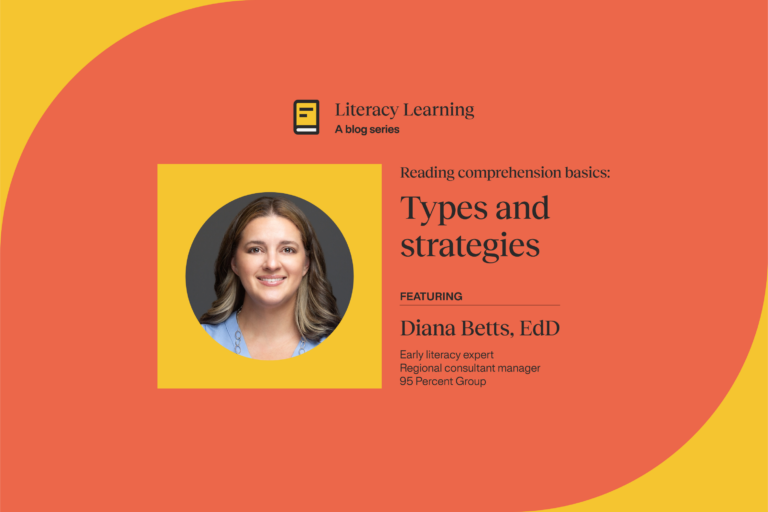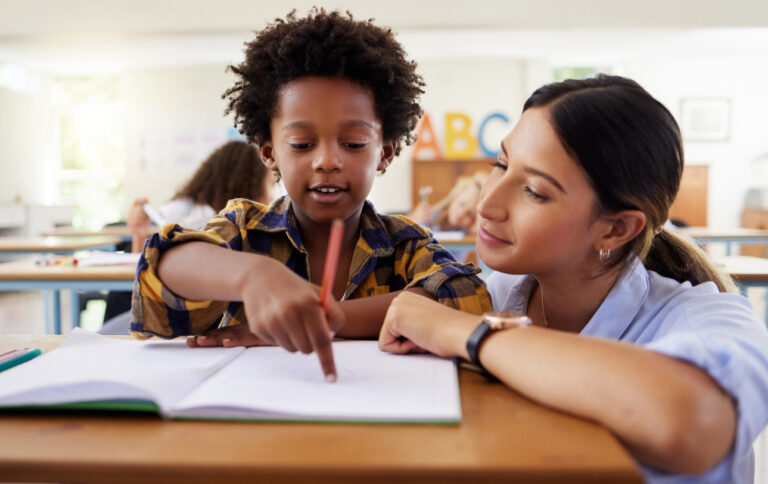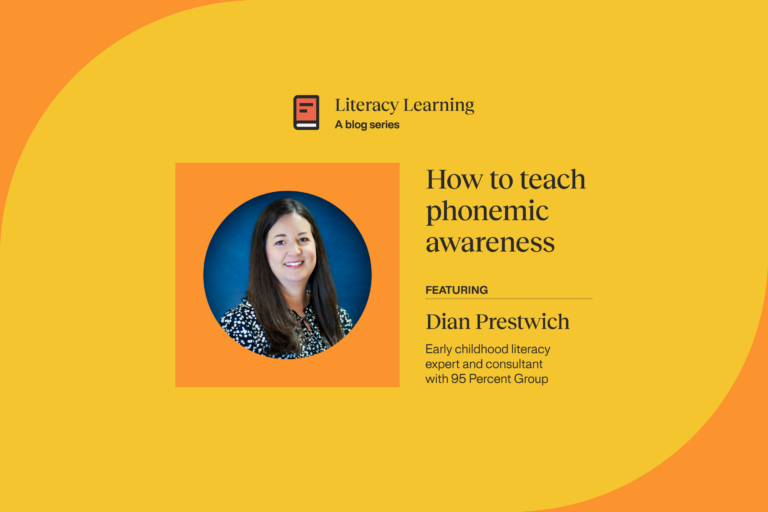Using first grade phonics worksheets to practice phonics skills
Students who show phonics skill deficits benefit from daily small group intervention, and the most effective intervention focuses on explicit instruction prior to engaging in independent activities. At some point during the instructional process, lessons can guide struggling readers towards independent practice where they can demonstrate their newly acquired phonics skills.

First-grade phonics worksheets make learning FUN
Explicit instruction motivates learning, and 1st grade students will be more academically engaged if they have prior knowledge about the skills they are expected to practice independently. Your daily phonics intervention lesson plan should include time for student practice. By providing phonics worksheets and activities that parallel the small group lessons, teachers are able to watch their students’ blossom. Activities during the reading block time can take many forms including: a 1:1 worksheet, a small group rotation activity, a structured game, or a literacy center.
For example, in the 95 Phonics Lesson Library™ (95 PLL™) we include activities that are initially teacher-led (“We do”) but can be easily transferred to a student-led (“You do”) activity. By moving from a “We do” to a “You do” activity, students get a chance to demonstrate their learning under the watchful eye of the teacher.
Phonics worksheets and activities make GREAT assessment tools
Mastering long vowel, silent -e words in first grade is key for student reading success. This skill is taught as part of our 95 PLL Basic program. The daily lesson plans include Word Building activities that provide independent practice. Using Sound-Spelling Mapping and Word Chains, students are able to more quickly recognize language patterns improving reading accuracy and fluency.
In 95 PLL, the long vowel, silent -e lesson to teach the long i sound is called Skill 5.2. A comprehensive lesson plan and all needed materials are provided. After teaching the new concept, the lesson shows teachers how to move skill acquisition from “I do” to “we do” to “You do”. At the “You do” stage, teachers have a choice of using the material as a guided worksheet or as an independent activity. Observing how well a student performs on the phonics worksheet enables the teacher to assess for student mastery or whether more intervention is needed.
Alternatives to first-grade phonics worksheets
Are you looking for some effective ways to teach phonics intervention (as an alternative to 1st grade phonics worksheets)? Take a closer look at the activities provided in the 95 PLL Basic skill program and incorporate these evidence-based phonics activities with your students. Phonics can be PHUN!
The most effective phonics intervention instruction is explicit, systematic, and sequential. Students acquire skills more quickly when teachers explain phonics patterning using manipulatives and sound-spelling mapping. This post offers teacher-led activities that you can easily transfer to student-led activities as students progress in their skills.
About 95 Percent Group
95 Percent Group is an education company whose mission is to build on science to empower teachers—supplying the knowledge, resources, and support they need—to develop strong readers. Using an approach that is based in structured literacy, the company’s One95 literacy ecosystem integrates professional learning and evidence-based literacy products into one cohesive system that supports consistent instructional routines across tiers and is proven and trusted to help students close skill gaps and read fluently. 95 Percent Group is also committed to advancing research, best practices, and thought leadership on the science of reading more broadly. For additional information on 95 Percent Group, visit: https://www.95percentgroup.com.



